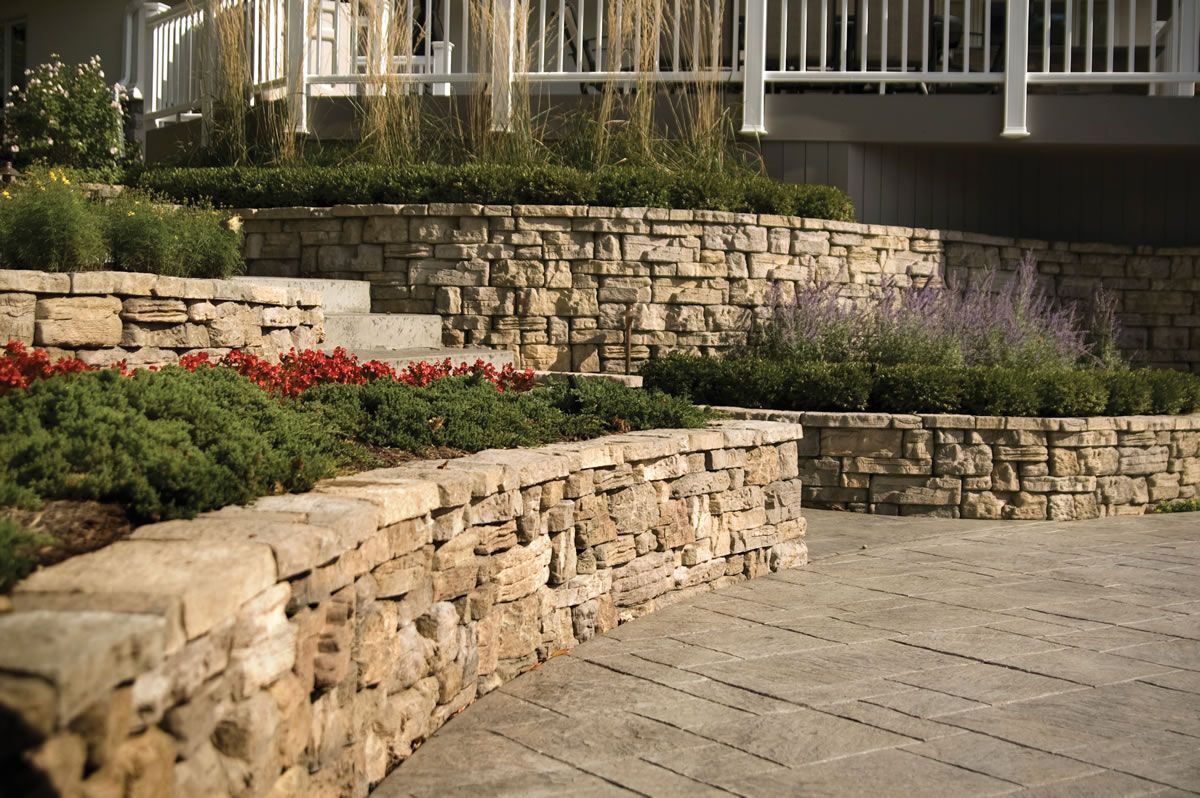The Purpose of Retaining Walls
Retaining walls play a crucial role in landscape design and construction, offering both functionality and aesthetic appeal. These structures are designed to hold back soil, preventing erosion and creating usable spaces on sloped terrains. Beyond their practical purpose, retaining walls enhance property value by adding structure and beauty to outdoor spaces. Whether for residential gardens or large commercial landscapes, retaining walls are a key component of sustainable and visually pleasing environments.
Key Materials for Durable Retaining Walls
Selecting the right materials is vital for building strong and long-lasting retaining walls. Popular options include concrete blocks, natural stone, bricks, and timber. Each material offers unique benefits; for instance, concrete blocks provide durability and flexibility, while natural stones deliver a timeless, rustic charm. Timber, on the other hand, is cost-effective but may require more maintenance over time. The choice of material often depends on the project’s budget, desired aesthetics, and the structural needs of the wall.
Essential Steps in Retaining Wall Construction
Constructing a retaining wall involves several critical steps to ensure stability and durability. First, proper planning and measurement are crucial to determine the wall’s height, length, and placement. Next, a strong foundation is laid, often using crushed stone or gravel to provide stability. Drainage systems, such as perforated pipes or gravel backfill, are then installed to prevent water buildup behind the wall. Finally, the chosen material is carefully layered, ensuring each level is level and secure.
Common Challenges and Solutions
Building retaining walls can present challenges, particularly for DIY enthusiasts. Issues like soil movement, poor drainage, or improper foundation preparation can compromise the wall’s stability. To address these, investing in quality materials and adhering to construction best practices is essential. Professional consultation can also help identify potential risks and provide tailored solutions. Reinforcement techniques, such as geogrid installation or anchor systems, are often used for added strength in taller or more complex walls.
Design Ideas for Modern Retaining Walls
Modern retaining walls go beyond functionality to become stylish landscape features. Incorporating lighting, greenery, or textured finishes can elevate their appearance. Tiered retaining walls, for instance, create a layered effect, perfect for planting vibrant flowers or shrubs. Additionally, using contrasting materials or incorporating curves and angles adds a dynamic look to the design. Whether you prefer a minimalist or elaborate style, retaining walls can be customized to complement any outdoor space.retaining wall construction

